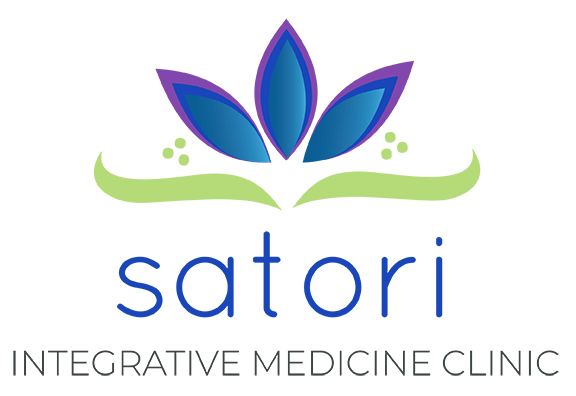People have been interested in aging and longevity for a long time. It’s a topic covered in ancient texts of Egypt, India and China. Aristotle and Hippocrates wrote about aging and lifestyle practices. And today it’s a topic of great interest in the health, wellness, scientific and research communities. When it comes to the topic of aging, modern research has uncovered some amazing details and correlations between nicotinamide adenine dinucleotide (NAD+) levels in the body and ageing-related diseases.
What is it?
NAD+ is a substance found in every single living cell, where it serves as an essential cofactor — its presence is essential for the activity of enzymes — involved in fundamental biological processes. Since its discovery in 1906, research continues to show that NAD+ is critical for maintaining the health of our cells, producing energy, and protecting our DNA. It is involved in nearly EVERY metabolic process in our bodies.
Our bodies create it from nutritional building blocks including the amino acid tryptophan and we get it from what biologists refer to as a “salvage pathway” where the “used up” version of NAD+ is rebuilt using vitamins like B3. Both of these processes use a complex array of cofactors, enzymes, and other building blocks to make the working version of it.
The primary function of NAD+ is as a critical component of cellular energy creation. A good, if not-quite-perfect, analogy is to think it as the fuel for the power plant of our cells. It’s involved in almost all vital functions of all our organs and plays a role in preventing depression, age-related cognitive dysfunction, autoimmune disease, and regulation of metabolism (fat / obesity in particular), metabolic dysfunction, DNA repair failure, genomic instability, inflammation, cellular senescence, and neurodegeneration. As the chart below shows, NAD+ has an impact on health that spreads far and wide.
Therapeutic approaches to restore NAD+ levels and their impact on health. image credit: (Covarrubias et al., 2021 | Nat Rev Mol Cell Biol.)
How Can NAD+ Infusions Improve Your Health?
Levels of NAD+ decrease due to age, stress, and environmental factors and are linked with the development of age-related conditions. Many of these ageing-associated diseases can be slowed down and even reversed by restoring NAD+ levels. Thus, it has emerged as a therapeutic approach to slow or reverse aging by helping support cell health and integrity, correcting DNA damage, energy metabolism, brain health, and more.
The most efficient way to increase your NAD+ is through IV supplementation – an IV is effective immediately, is nearly 100% bioavailable (directly into the blood stream) and does not require other compounds or enzymes to create the final product. Benefits may include: improved tissue and organ function, protection from cognitive decline, improved metabolic health, reduced inflammation, and increased physiological benefits, such as increased physical activity, which may collectively extend a person’s lifespan. Indeed, there are so many ways it can improve your health.
Lifestyle strategies can also boost NAD+ levels. These include increasing exercise, reducing caloric intake, eating a healthy diet and following a consistent daily circadian rhythm pattern by conforming to healthy sleeping habits and mealtimes. Oral forms of NAD+ are available but are expensive and NAD+ doesn’t generally make it through the GI system to the cells where it can be effective.
In our clinic, along with the health benefits already mentioned, we have found NAD+ infusions to be very helpful in our treatments for patients suffering from long covid, POTS (postural orthostatic tachycardia syndrome) and mitochondrial dysfunction. Though it can be an infusion for anti-aging, there are numerous other benefits.
If this post has sparked your interest here are a few articles you may enjoy:



Recent Comments